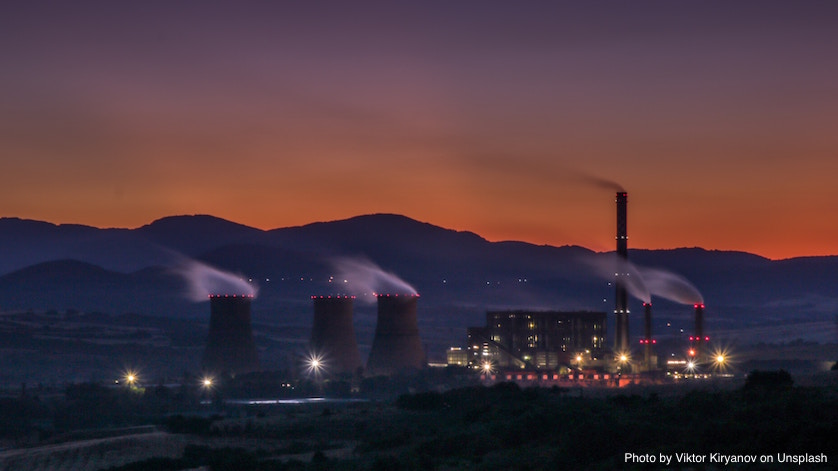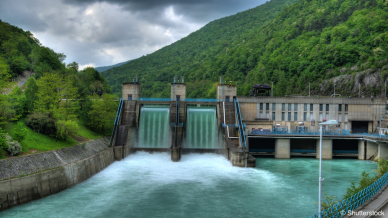
Pumps play a vital role in countless applications and industries. In power plants, these hardworking machines are responsible for circulating cool water, raising condensate pressure, moving wetted ash, and much more. As industrial pumps use a significant amount of energy, a power station’s operating costs and environmental footprint decrease when the equipment is properly monitored and maintained.
From old-fashioned hand pumps to today’s fancy foaming soap dispensers, people have used pumps for millennia to move liquids from one point to another. They are one of the simplest and most ubiquitous mechanical devices, applying compression to raise the pressure of a fluid. Continuous developments have improved their capabilities, and since the Industrial Revolution, motorized pumps have drawn and transferred fluids in myriads of residential, commercial, agricultural, and manufacturing applications.
Pumps today are more than just industrial machines. They are at the center of so many industries:
- Water treatment and desalination
- Irrigation and flood control
- Refrigeration and cooling
- Food and beverage
- Pharmaceuticals and biotechnology
- Oil and gas extraction
- Refineries
- Power plants
Of course, pumps aren’t one-size-fits-all. Users need to consider not only the machine’s size and power, but also its environmental and working conditions. And for industrial pumps, once in place and operating, they need constant monitoring to ensure that flow, pressure, and temperatures are all within acceptable levels.
Industrial Pumps in Power Plants
Power plants are one of the largest users of industrial pumps. They are found in a wide variety of applications, including:
- Steam generators
- Fuel feeds
- Lubricating units
- Fire protection
- Cooling systems
- Service water equipment
Here are some examples of what industrial pumps do in a power station:
- Circulating pumps move cool water (from a reservoir) though a hotwell condenser (water-steam system).
- Condensate pumps raise the condensate pressure before spraying into a deaerator.
- Heater drain pumps raise the pressure of drains to mix with condensates.
- Boiler feed pumps raise the pressure of the feedwater for use in steam boilers.
- Fly ash slurry pumps move wetted ash to settling ponds or to sludge hoppers. This type of pump faces the usual operating conditions – high pressure, temperature, vibration and noise – as other industrial pumps, but works in a highly abrasive environment that makes it even more susceptible to failures, unplanned downtime, and high operating costs.
These working conditions are taxing. Not only do industrial pumps operate practically nonstop, but they are often subject to high humidity, high pressure, high temperatures, high vibration and shock, and corrosive media. Continuous monitoring can detect small problems before they become big ones, and regular maintenance ensures that these industrial machines enjoy a long lifetime. What’s more, pumps use a significant amount of electricity – as much as half of a plant’s total energy consumption. When pumps run efficiently, the savings can add up.
Contact our experts in power generation and industrial machines for more information on how to improve pump performance, prolong their lifetime, and reduce operating costs.
This two-part series continues with an overview of the critical measuring points in a power station and what instruments can be used to monitor them.
Click here to view the white paper “Monitoring Safety & Efficiency: The Importance of Measuring Level, Flow, Pressure, Temperature, and Force in Hydropower Plants”



thanks for info